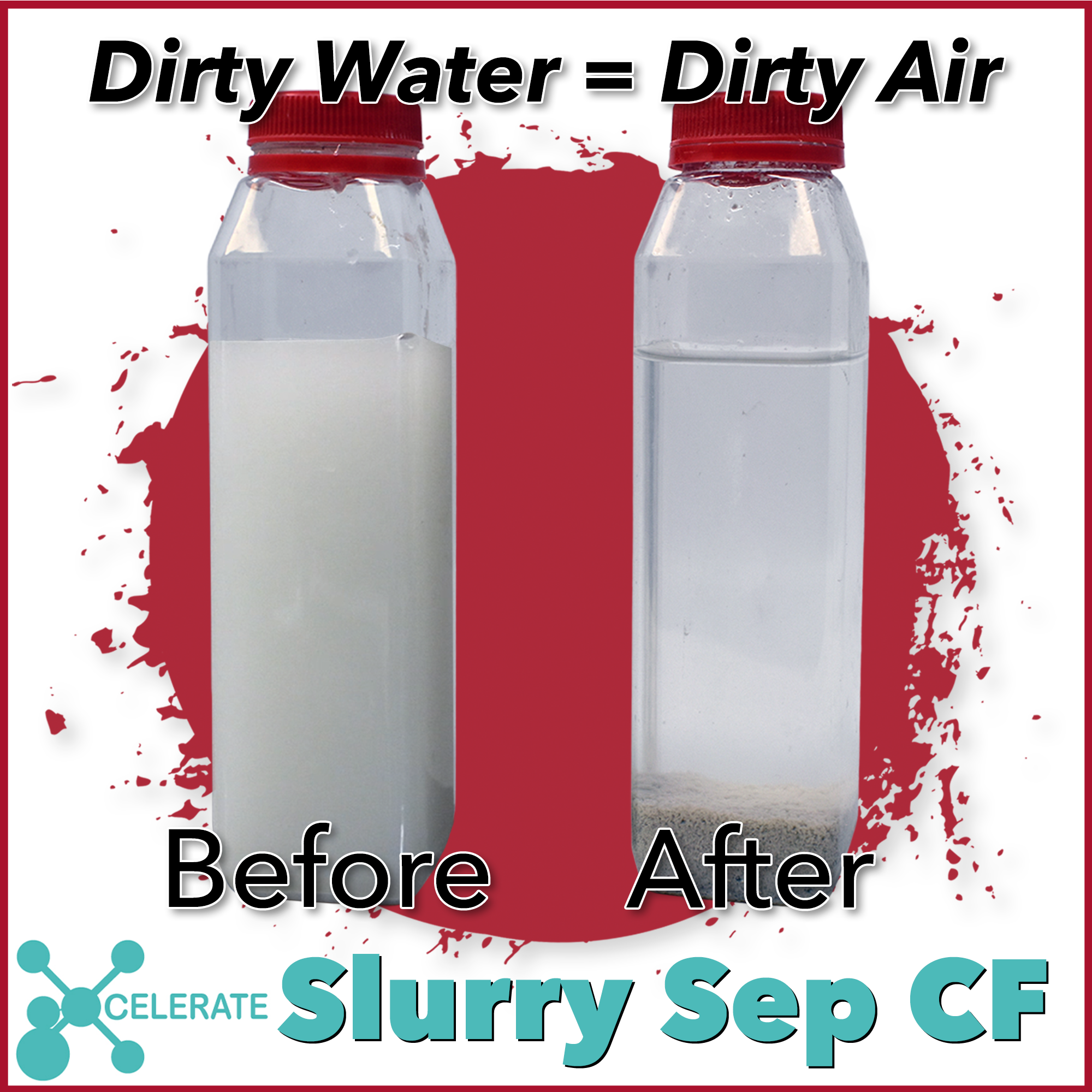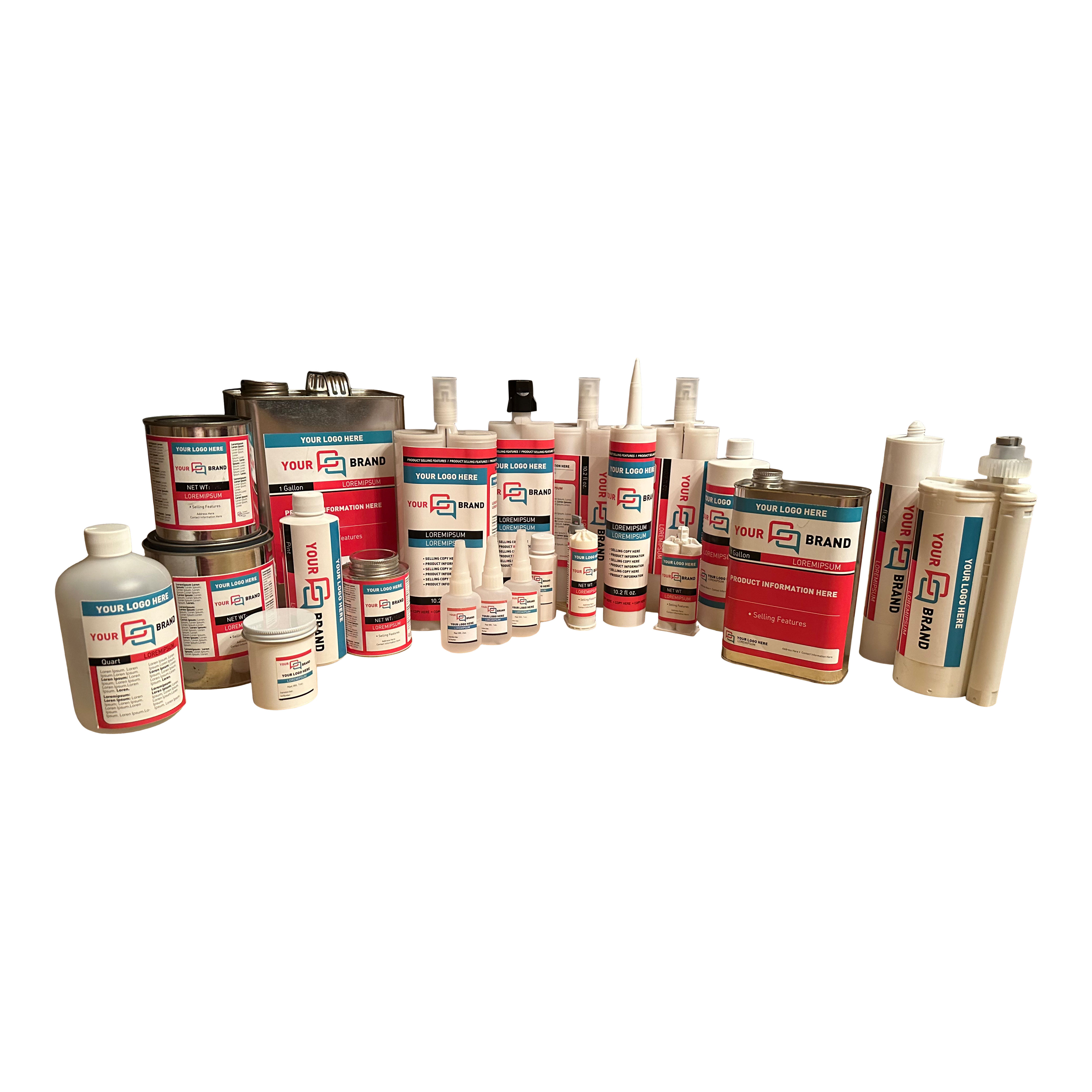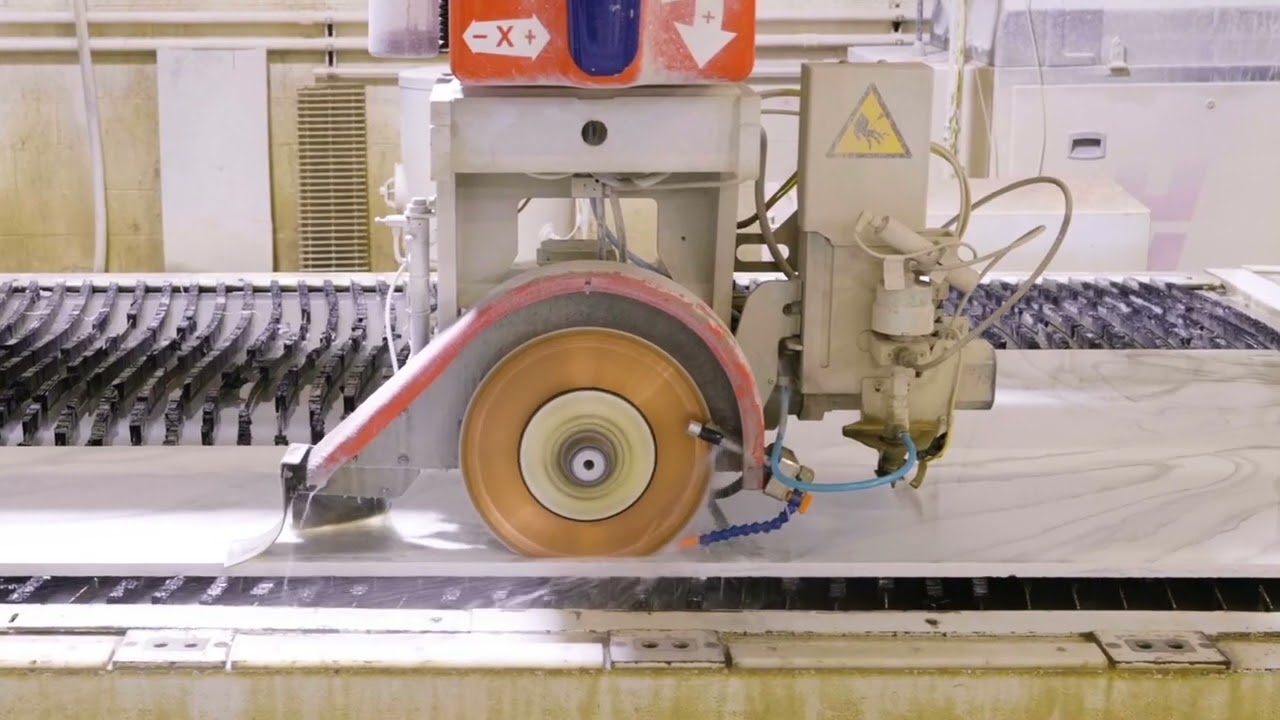
Epoxy Adhesives

The second type of structural adhesives are epoxy adhesives. As it stands with the acrylic adhesives, these have distinguishing properties that separate them from the others.
Epoxy resins are known as polyepoxides, a class of reactive prepolymers which can be cross-linked (cured) with themselves or a wide range of catalysts referred to as hardeners. Epoxy adhesives come in different viscosities from thin, making them self-leveling and is quick to cure or a thick paste which has a longer open time. Being a two-component material, the ratios can vary due to the material but limited to a 1:1 or 2:1 ratios. These adhesives have a strong shear strength and come in clear, off-white or gray and can be used on metal, plastic, composites, wood and foam. There are some epoxies that are used on flooring as an enamel. Full cure tends to occur within 24 hours which is not the same as handling strength which varies.
Epoxy adhesives will tend to be a gelatinous liquid or paste, even though some self-leveling liquids are obtainable. Generally, epoxies are less sensitive to negligible variations within the mix ratio. Also, epoxy adhesives offer long open times as well as allowing for repositioning and assembly of complex shapes. Final properties are going to develop within 24 hours while at room temperature.
So, what exactly is an epoxy adhesive? It is a chemical mixture that is created by combing two starting compounds, the “a side” and “b side”, which are resin and hardener respectively. The resin must be mixed with a specific catalyst for this chemical reaction to take place. The reaction is known as the curing (a term within chemistry and process engineering that means the hardening or toughening of a polymer material by “cross-linking” of polymer chains, which are brought about by heat or any other chemical additive). By all of this taking place between the resin and the hardener, you end up with an exothermic reaction that creates an epoxy adhesive.
- Uncured Properties
- The odor tends to be low
- They can be very gelatinous in a liquid or paste form
- Cured Properties
- They will bond very well to any porous substrates
- Good adhesion to a vast variety of materials; however, surfaces should always be very clean
- They are very good within the realm of chemical resistance
- They have relatively low elongation, which is often considered rigid in comparison to the urethanes and acrylics
- There is a good high temperature strength. Epoxy adhesives are chemically stable up to 125°C (250°F) and some even go up to 200°C (400°F) in temperature for being chemically stable
- Application Properties
- They are relatively unaffected by any humidity while being cured
- There are different mix ratios that may be specified while depending on the desired final physical properties
- They will tend to have a slower cure rate that other adhesives, with some exceptions
- Heat can accelerate that cure rate quite dramatically
- Two Components or Parts
- The A side, which is known as the resin
- The B side, which is known as the Hardener
Some of the more popular (and arguably best) uses for epoxy adhesives are carpentry and woodworking, fiberglass repairs, jewelry making, wood and metal fillers, and bolt reinforcement.
If you are looking for a great epoxy adhesive, check out Chem-Set 633 5 Minute Gel and Chem-Set 650UC Epoxy Ultra Clear as well as other LORD products throughout our entire site.
If you have any questions about the epoxy adhesives we have in stock or how they could help you, we are here to help. Please do not hesitate to reach out! Call us, toll-free, at 1-800-220-1966 or send us an email at sales@chemical-concepts.com. Don’t wait for the chemical reaction to start before reaching out!



